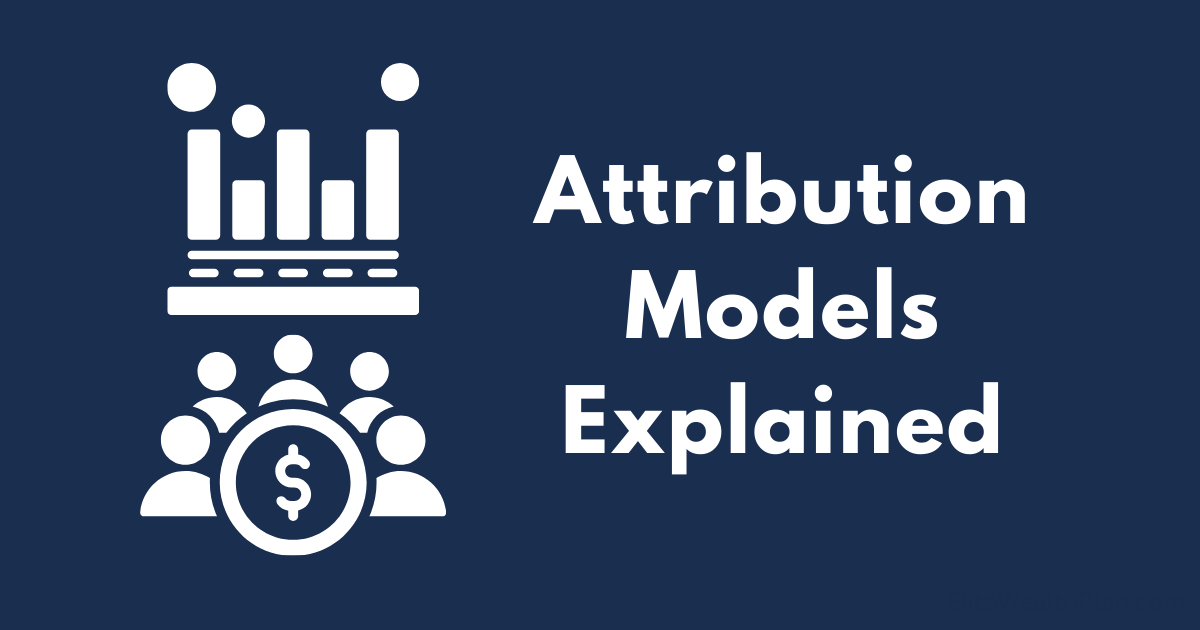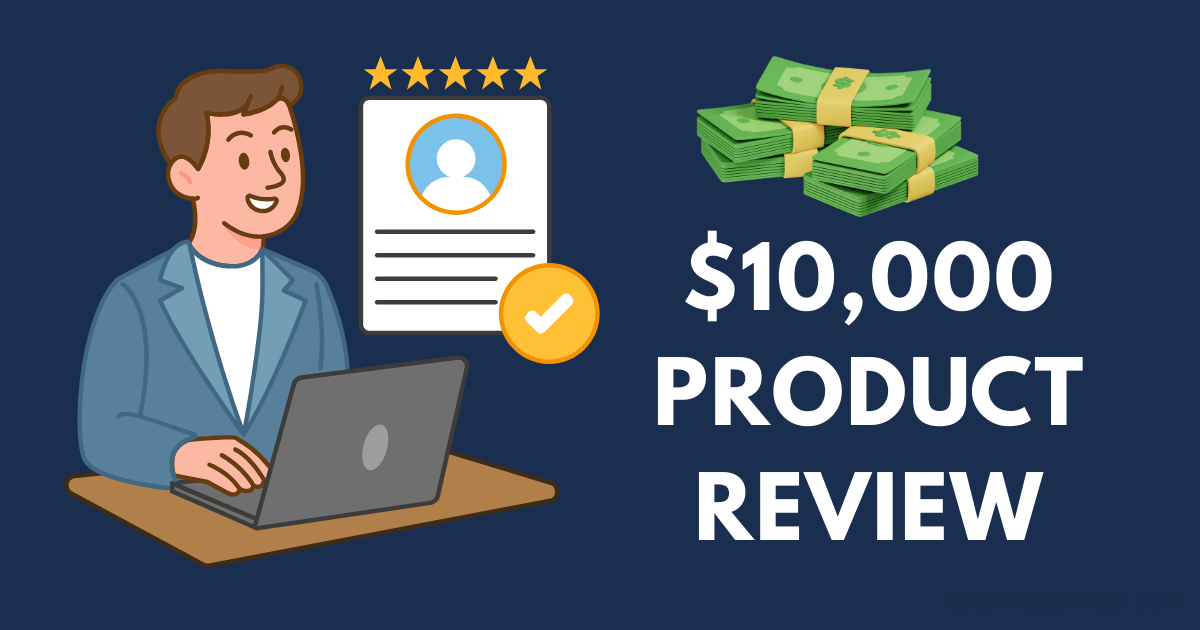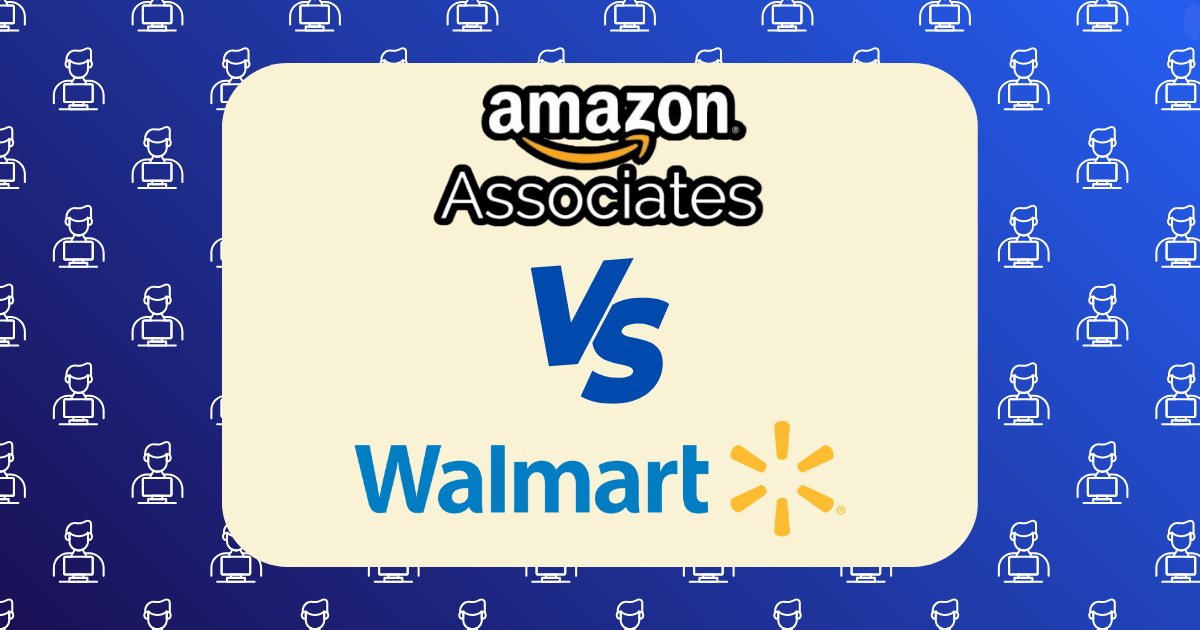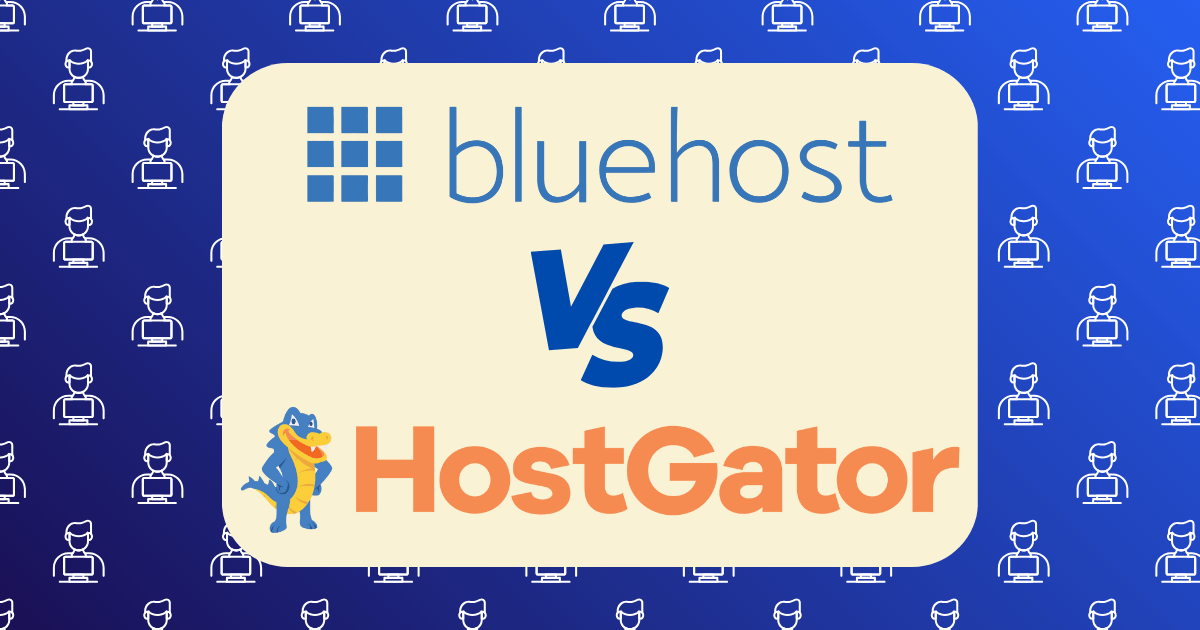Beyond Amazon Associates: Why I Switched to These Higher-Paying Alternatives
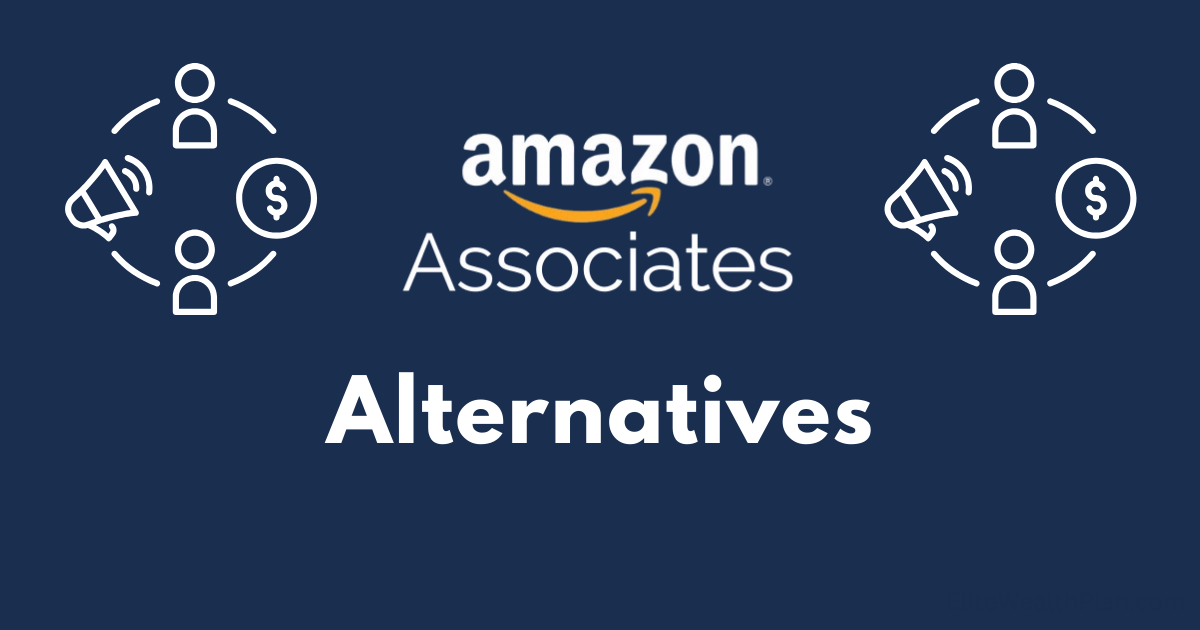
I still remember the day I received my first Amazon Associates commission check. After months of building content and driving traffic, I’d earned a whopping… $42.13.
Not exactly quit-your-day-job money.
For years, I stuck with Amazon’s affiliate program because it felt safe. Everyone shops on Amazon, right? The conversion rates were decent, and I could promote virtually anything. But as my traffic grew, my earnings didn’t scale proportionally. Something was off.
Then came Amazon’s infamous 2020 commission cut, slashing rates across most categories. My earnings dropped by nearly 60% overnight. That was my wake-up call.
The Amazon Associates Reality Check
Let’s be honest about Amazon’s program:
- Microscopic Commission Rates: Most categories pay just 1-3%, with even popular categories like electronics at a measly 1%.
- 24-Hour Cookie Window: If your reader doesn’t purchase within 24 hours, you get nothing—even if they buy a week later because of your recommendation.
- No Credit for Return Customers: Unlike many programs that reward you for bringing valuable repeat customers, Amazon only pays for that first purchase.
- Constant Policy Changes: Commission structures change without warning, leaving your income stream vulnerable.
According to research from AzonPress, the average Amazon affiliate earns just $100-200 monthly—even with substantial traffic. That’s when I decided enough was enough.
My Alternative Program Selection Strategy
I didn’t abandon Amazon overnight. Instead, I developed a methodical approach to finding and testing alternatives:
- Identify my top-earning product categories
- Research direct merchant programs in those niches
- Compare commission rates, cookie duration, and payment terms
- Test each program with a small segment of my traffic
- Track conversion rates and earnings per click (EPC)
- Scale up winners, eliminate underperformers
The results were eye-opening. Within three months, my affiliate revenue had doubled—with the same traffic.
7 Higher-Paying Alternatives That Transformed My Income
1. Chewy (Pet Supplies)
Why it beats Amazon: When Amazon cut pet product commissions to 3%, I switched my pet content to Chewy.
- Commission Rate: 6-15% (varies by category)
- Cookie Duration: 30 days (vs. Amazon’s 24 hours)
- Conversion Experience: Clean, pet-focused interface with excellent customer service
- My Results: 2.3x higher EPC than Amazon for identical pet product content
Chewy’s affiliate program also provides dedicated affiliate support and creative assets specifically designed for pet content creators.
2. Bluehost (Web Hosting)
Why it beats Amazon: While Amazon offers no web hosting products, this became a lucrative alternative revenue stream.
- Commission Rate: $65-$130 per sale (flat rate)
- Cookie Duration: 60 days
- Conversion Experience: Streamlined signup process optimized for conversions
- My Results: Added $1,200+ monthly revenue from my tech-focused content
According to UtilizeWP, Bluehost consistently ranks among the highest-converting hosting affiliate programs with conversion rates around 5-8% for targeted traffic.
3. Etsy (Handmade & Unique Products)
Why it beats Amazon: Perfect for craft, home decor, and gift recommendation content.
- Commission Rate: 4% flat (vs. Amazon’s variable 1-3% for similar items)
- Cookie Duration: 30 days
- Conversion Experience: Showcases unique products Amazon doesn’t carry
- My Results: Lower conversion rate than Amazon (3.2% vs 4.5%) but higher AOV and commission rate resulted in 40% more revenue
Etsy’s marketplace offers products with unique appeal that stand out in content, leading to higher reader engagement on my gift guide posts.
4. Walmart Affiliate Program (General Merchandise)
Why it beats Amazon: Similar product selection but better terms.
- Commission Rate: 1-4% (comparable to Amazon but with longer cookie duration)
- Cookie Duration: 3 days (vs Amazon’s 24 hours)
- Conversion Experience: Familiar to most shoppers, strong mobile experience
- My Results: Slightly lower conversion rate but 15% higher EPC due to extended attribution window
For everyday products, I now use a mix of Amazon and Walmart links, with Walmart performing particularly well for grocery and household items.
5. ShareASale Network (Multiple Merchants)
Why it beats Amazon: Access to thousands of direct merchant programs through one dashboard.
- Commission Rate: Varies by merchant (typically 8-20%)
- Cookie Duration: Usually 30-90 days depending on merchant
- Conversion Experience: Direct brand relationships often mean better customer experience
- My Results: Discovered several niche merchants paying 15-20% commission in categories where Amazon pays just 3%
Through ShareASale, I found programs like Tailwind (20% commission) and WP Engine (up to $200 per referral) that dramatically outperform Amazon for my audience.
6. PartnerStack (SaaS Products)
Why it beats Amazon: Opened up an entirely new revenue stream Amazon doesn’t offer.
- Commission Rate: 20-40% recurring for many programs
- Cookie Duration: Often 90+ days
- Conversion Experience: Free trial offers convert well with my audience
- My Results: Added $3,000+ monthly in relatively passive income from software recommendations
The beauty of SaaS affiliate programs is the recurring commission structure. I earn month after month from a single customer referral, creating truly passive income.
7. Skillshare (Online Learning)
Why it beats Amazon: Higher commission and perfect fit for my how-to content.
- Commission Rate: $7 per free trial signup, plus $10+ for paid conversions
- Cookie Duration: 30 days
- Conversion Experience: Free trial offer converts extremely well
- My Results: 12% conversion rate on targeted traffic, becoming my highest EPC affiliate link type
Online learning platforms like Skillshare and Udemy (which offers up to 20% commission) convert remarkably well when naturally integrated into tutorial content.
The Transition Strategy That Worked For Me
Switching affiliate programs isn’t as simple as swapping links. Here’s the approach that worked for me:
1. Gradual Testing, Not Overnight Switching
I started by identifying my 10 most popular posts and creating variants with different affiliate programs. This A/B testing approach revealed which alternatives performed best before making wholesale changes.
2. Link Localization
For international readers, Amazon’s global storefronts were a benefit. I maintained this advantage by using geo-targeting tools like GeoTargetingWP to show country-appropriate alternatives.
3. Diversification, Not Replacement
Rather than completely abandoning Amazon, I diversified my income streams. For some products, I still use Amazon links alongside alternatives, letting performance data guide my emphasis.
4. Content Optimization for New Programs
Some of my highest-converting content was specifically created for new affiliate programs. For example, “Best Bluehost Alternatives” became a strong performer for SiteGround’s affiliate program (which pays $100+ per conversion).
The Results: By The Numbers
Here’s how my affiliate revenue transformed after implementing these changes:
- Before: 92% Amazon Associates, 8% other programs
- After: 23% Amazon Associates, 77% higher-paying alternatives
- Total Revenue Increase: 215% with the same traffic
- Most Improved Category: Tech products (780% revenue increase by switching from Amazon’s 1-3% to direct programs paying 8-30%)
Is Leaving Amazon Right For You?
While these alternatives worked for me, every affiliate site is different. Consider:
- Your Niche: Some categories have better alternatives than others
- Your Audience: International audiences may convert better on global platforms like Amazon
- Your Content Volume: Managing multiple affiliate relationships requires more administrative work
- Your Risk Tolerance: Diversification reduces risk, but requires more initial testing
Getting Started With Amazon Alternatives
Ready to explore beyond Amazon Associates? Here’s how to begin:
- Identify your top 3 product categories by Amazon earnings
- Research direct merchant programs in those categories (most brands have an “Affiliate Program” link in their footer)
- Join 1-2 affiliate networks like ShareASale, CJ Affiliate, or Awin to access thousands of programs
- Start small by testing alternatives on a few popular posts
- Track meticulously using UTM parameters and affiliate dashboards
Remember that higher commission rates don’t always mean higher earnings. The full equation includes conversion rate, average order value, and commission percentage. Test thoroughly before making major changes.
The Bottom Line
Amazon Associates remains a valuable program for many affiliates, but it shouldn’t be your only option. The most successful affiliate marketers I know maintain a diverse portfolio of programs tailored to their specific content and audience.
By strategically incorporating higher-paying alternatives, you can transform your affiliate revenue without increasing your traffic—just as I did.
What’s your experience with Amazon Associates alternatives? Have you found programs that outperform Amazon in your niche? Share your insights in the comments below.


